Plaster Wall
tomdx
12 years ago
Related Stories
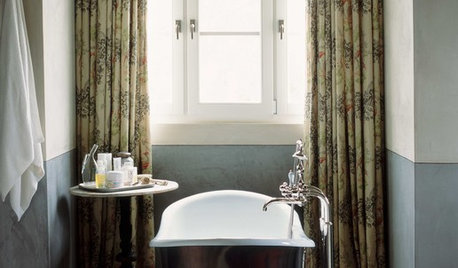
WALL TREATMENTSSurface Smarts: Venetian Plaster
Centuries-old Venetian plaster has made a roaring comeback in modern interiors. Could this old-world wall favorite work in your home?
Full Story
MATERIALSUnexpected Style for Your Wall
Go Beyond Paint and Paper with 3D, Plaster, Copper, Tile, Marble and More
Full Story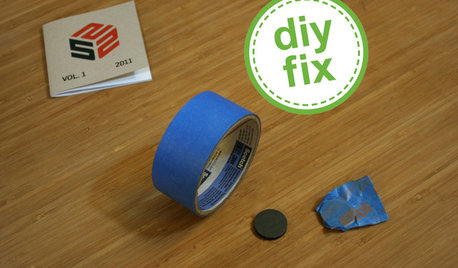
DECORATING GUIDESQuick Fix: Find Wall Studs Without an Expensive Stud Finder
See how to find hidden wall studs with this ridiculously easy trick
Full Story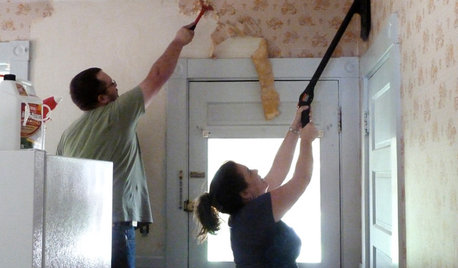
DECORATING GUIDESHow to Remove Wallpaper in 4 Steps
Learn the best way to remove wallpaper with only water (and elbow grease) so your next wall treatment will look great
Full Story
HOUZZ TOURSHouzz Tour: Only the Best for a Desert Spanish Colonial
Calacatta marble, Venetian plaster and hand-carved wood create a home awash in luxurious comfort for an Arizona family
Full Story
WALL TREATMENTSPick the Right Paint Finish to Fit Your Style
The question of finish may be as crucial as color. See which of these 9 varieties suits your space — and budget
Full Story
GREAT HOME PROJECTSHow to Replaster (or Remodel) Your Pool
Have an old pool? It could be time to update the plaster, landscaping and more for a pool that works swimmingly with your current style
Full Story
GARDENING AND LANDSCAPINGPools Overflow With Finish Options
Move over, plaster: Pebbles, colors and glow-in-the-dark glass are making waves on the pool finish scene
Full Story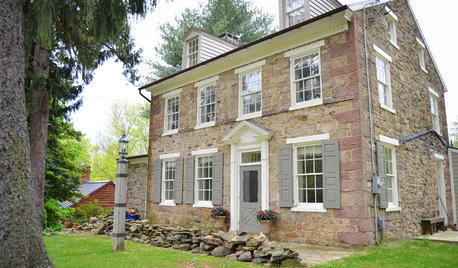
HOUZZ TOURSHouzz Tour: Historic Fieldstone Home in Pennsylvania
With stone, rough plaster and wood all around, a historic home in the countryside is heavy on charm
Full Story
REMODELING GUIDESThe Wonders of Wainscoting
Stained or Painted, Paneled Walls Give a Room Interest and Charm
Full StorySponsored
Columbus Area's Luxury Design Build Firm | 17x Best of Houzz Winner!
More Discussions






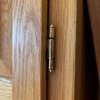


live_wire_oak
brickeyee
Related Professionals
Mooresville Kitchen & Bathroom Remodelers · Tempe Kitchen & Bathroom Remodelers · Vashon Kitchen & Bathroom Remodelers · Arlington General Contractors · Anderson General Contractors · Browns Mills General Contractors · Dallas General Contractors · Green Bay General Contractors · Fairhaven Painters · Lawrenceville Painters · La Quinta Painters · Northglenn Painters · South Barrington Painters · Spanaway Painters · Venice PaintersUser
brickeyee
tomdxOriginal Author
brickeyee
jonnyp